Wrightia antidysenterica, commonly known as the Coral swirl or Snowflake, is a species of flowering plant native to tropical and subtropical regions of Asia, including India, Nepal, Sri Lanka, Myanmar, and Thailand. Belonging to the family Apocynaceae, this evergreen shrub or small tree typically grows up to 5 meters in height and is known for its ornamental value, medicinal properties, and ecological significance.
In terms of morphology, Wrightia antidysenterica features slender, opposite leaves that are glossy green and lance-shaped, with prominent veins. The plant produces small, fragrant white flowers with a characteristic spiral or swirl pattern, hence its common name “Coral swirl.” These flowers often bloom in clusters, adding to the plant’s aesthetic appeal. Following pollination, the plant bears elongated fruits containing numerous seeds.
Culturally, Wrightia antidysenterica holds significance in traditional medicine systems across its native range. Various parts of the plant, including the leaves, bark, and roots, are utilized in herbal remedies for treating a range of ailments. Its pharmacological properties include anti-inflammatory, antibacterial, and anti-diarrheal effects, making it a valuable resource in folk medicine.
Moreover, Wrightia antidysenterica plays a vital role in the ecosystem as it serves as a host plant for butterflies and other pollinators. Its flowers attract butterflies, contributing to the biodiversity of its habitat. Additionally, the plant’s dense foliage provides shelter and nesting sites for birds and small animals, enhancing the overall ecological balance.
In horticulture, Wrightia antidysenterica is prized for its attractive foliage and delicate flowers, making it a popular choice for gardens, parks, and landscaping projects in tropical and subtropical regions. It can be cultivated both as a potted plant and as an ornamental tree, adding beauty to outdoor and indoor spaces alike.
Overall, Wrightia antidysenterica stands out as a versatile and valuable plant species, celebrated for its beauty, medicinal properties, and ecological significance in its native habitats and beyond.


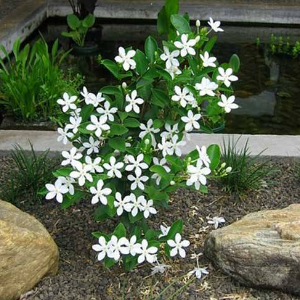
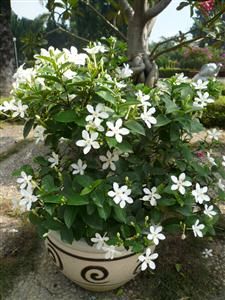
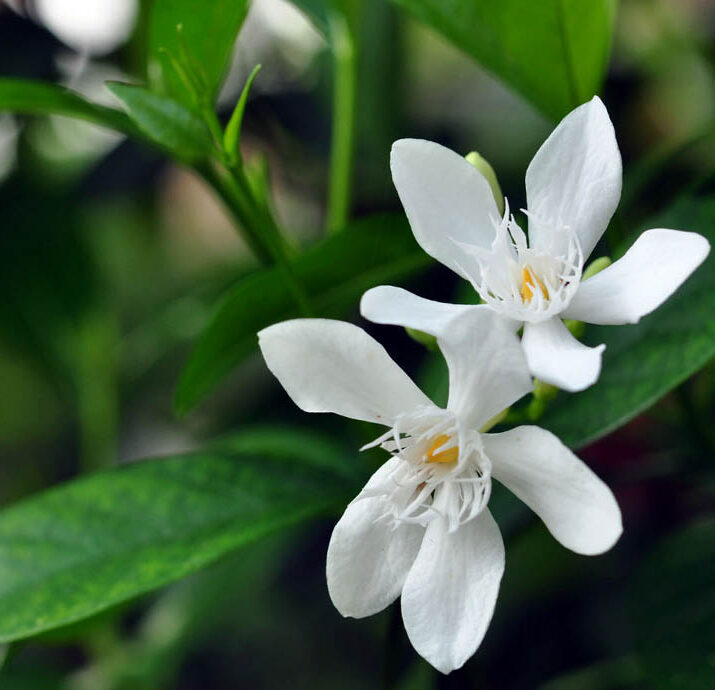
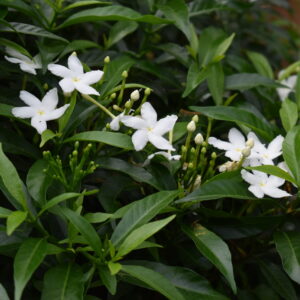
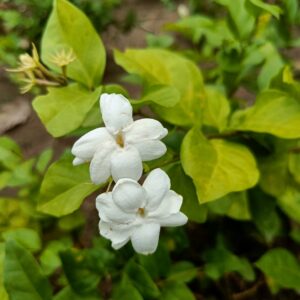
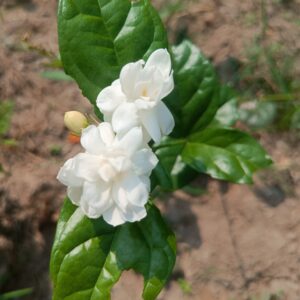
Madhu prakash –
Super
gralion torile –
Nice read, I just passed this onto a colleague who was doing a little research on that. And he actually bought me lunch because I found it for him smile So let me rephrase that: Thank you for lunch!
Suresh Kumar –
No.26mes road MOTHILAL NAGER VEDAN KANNAPPAN STREET EAST TAMBARAM Chennai 600059